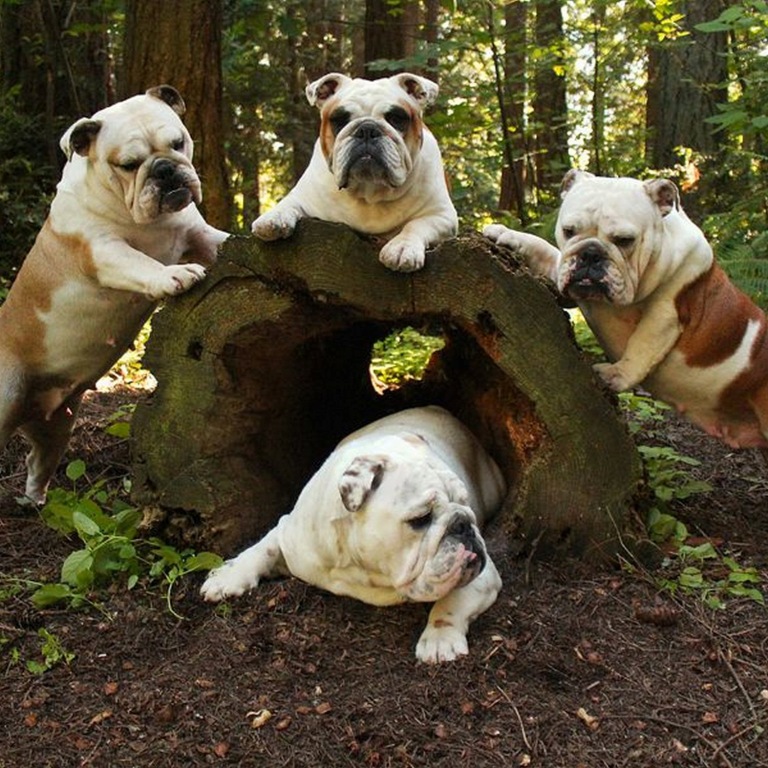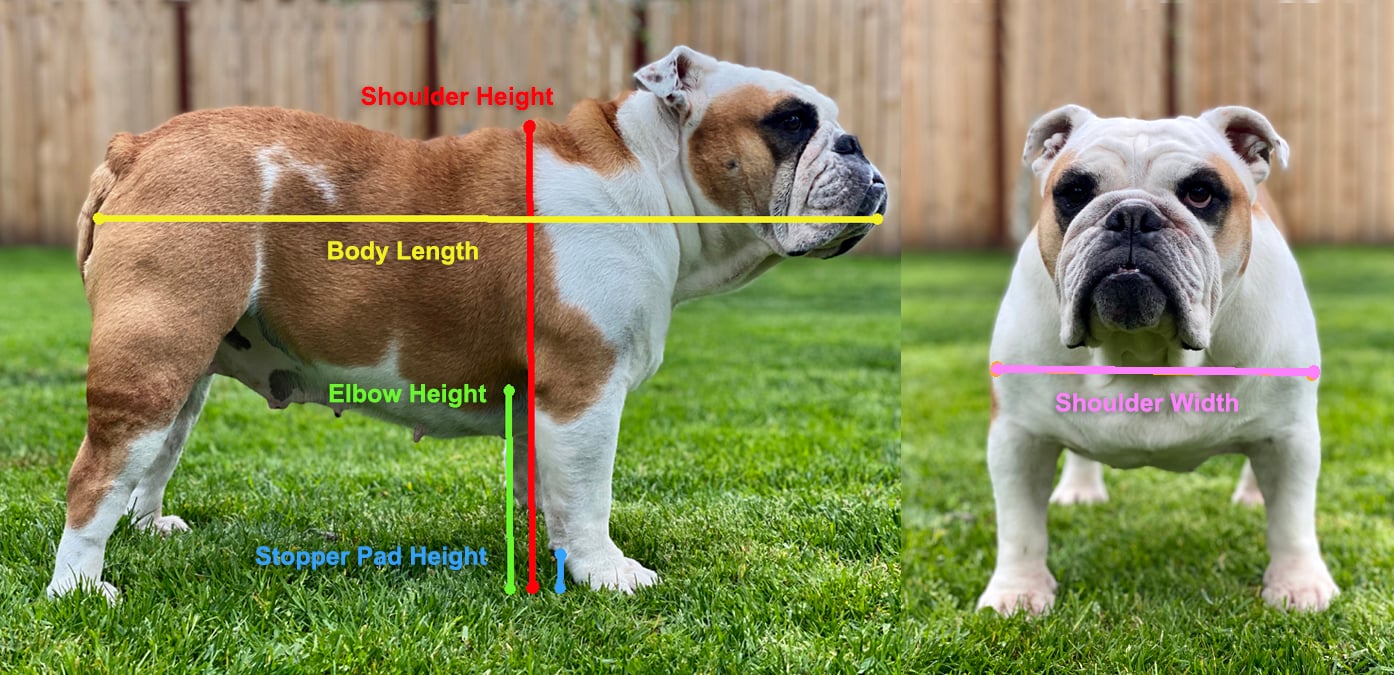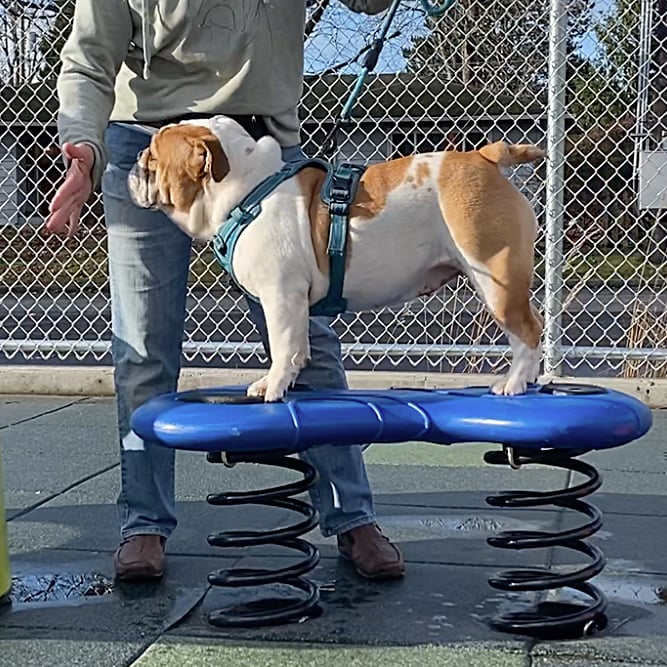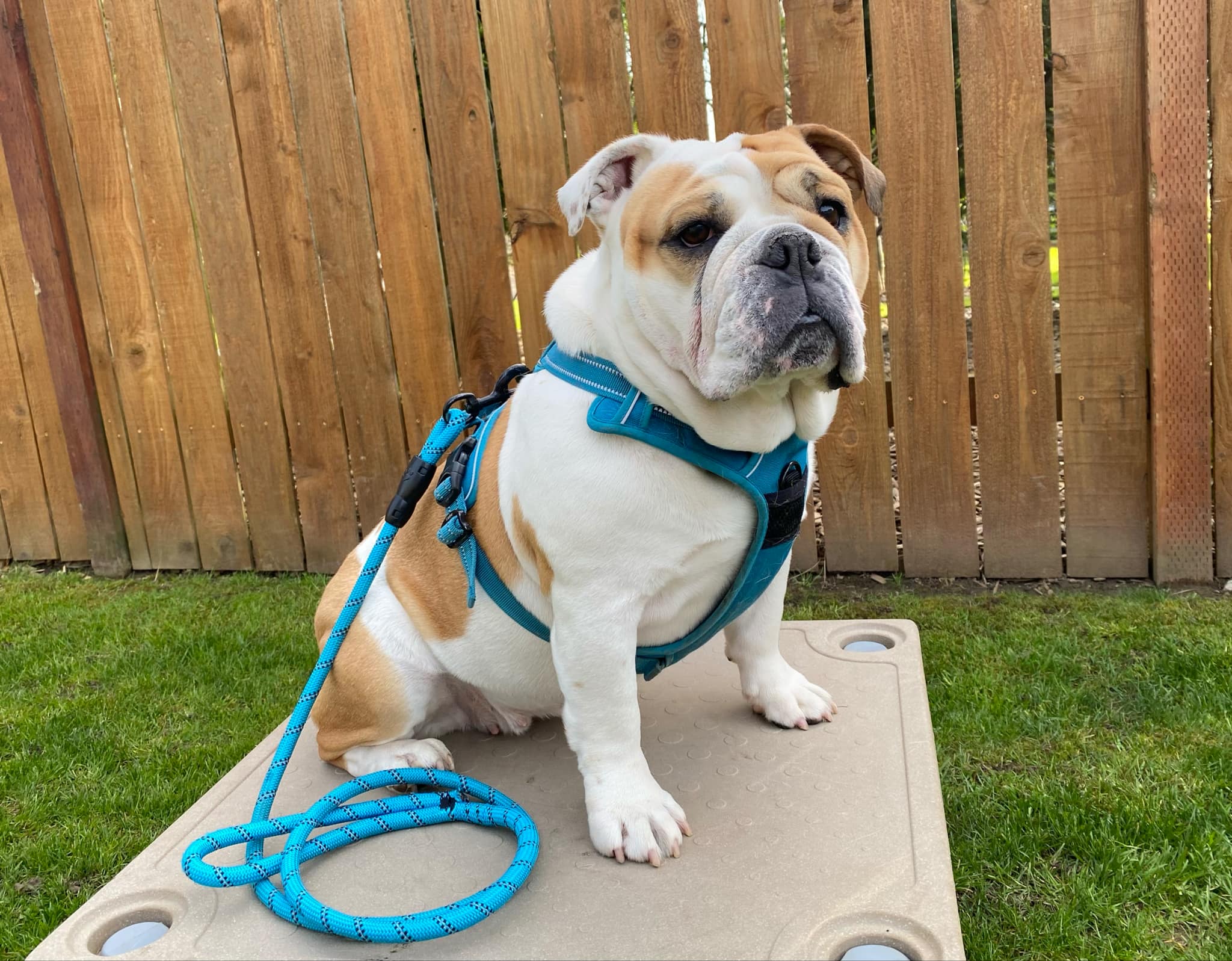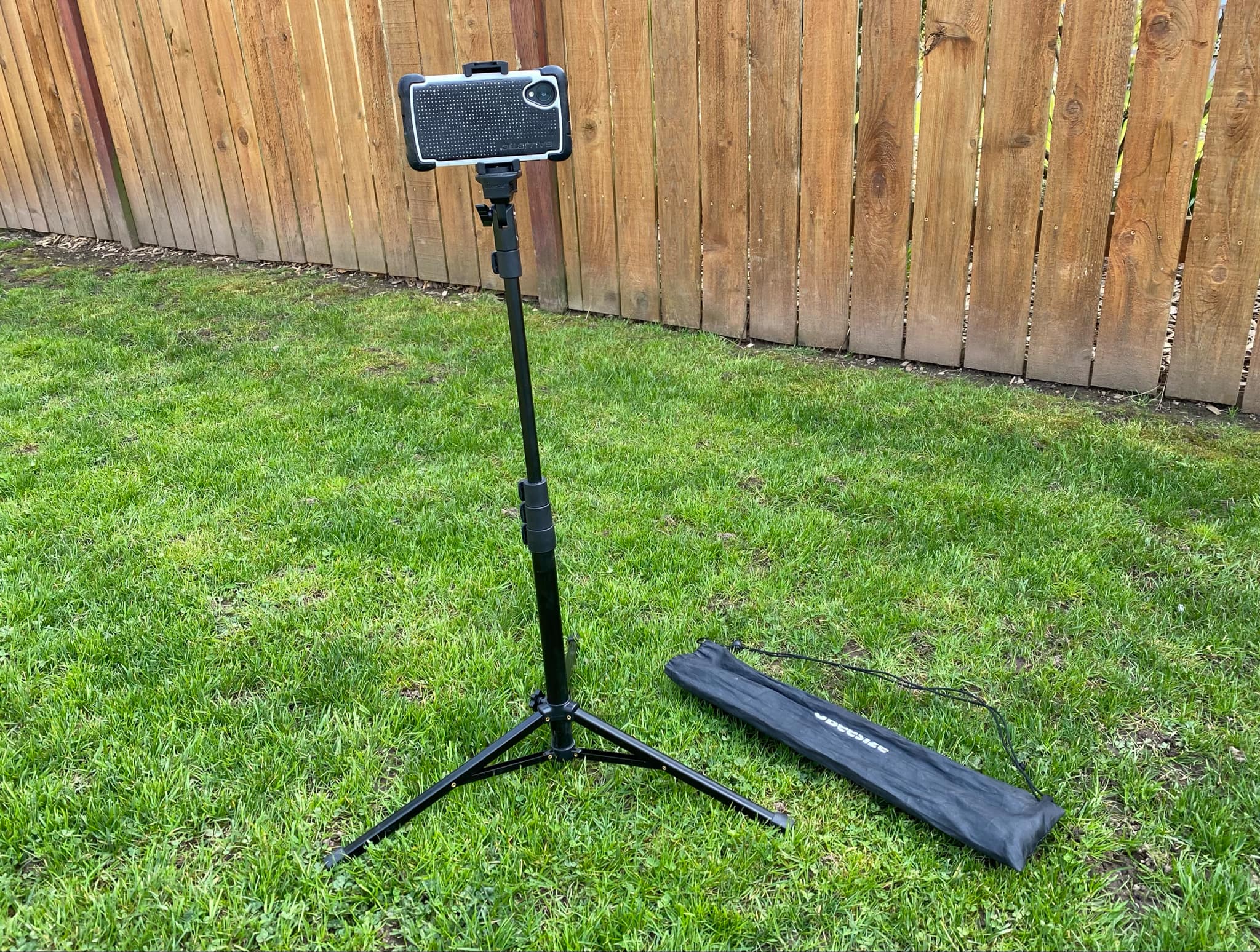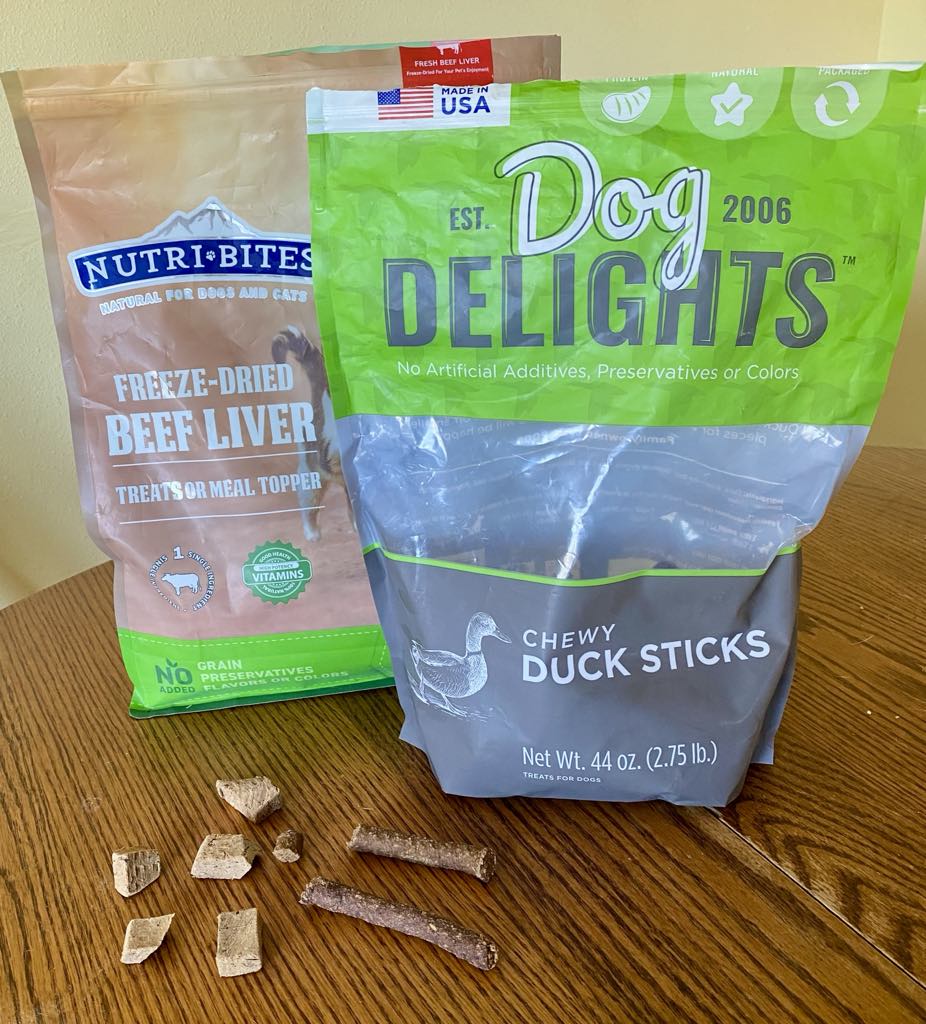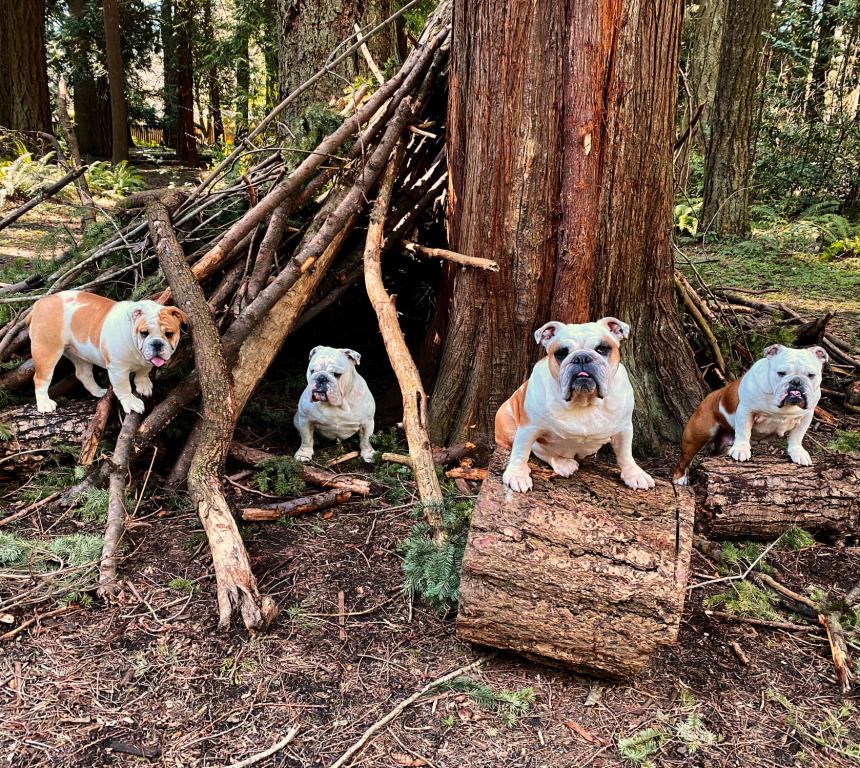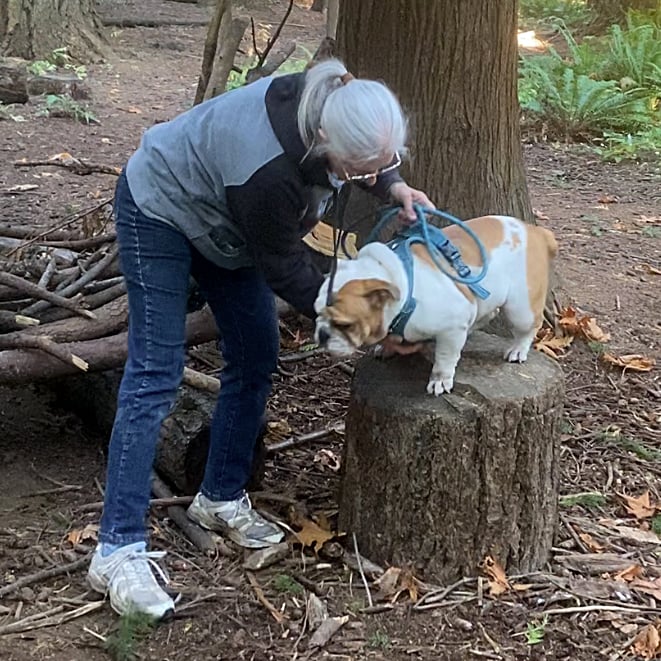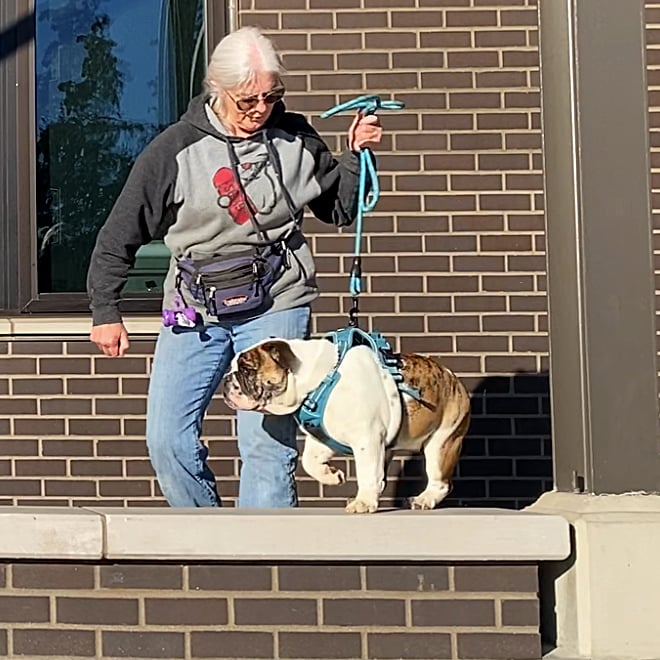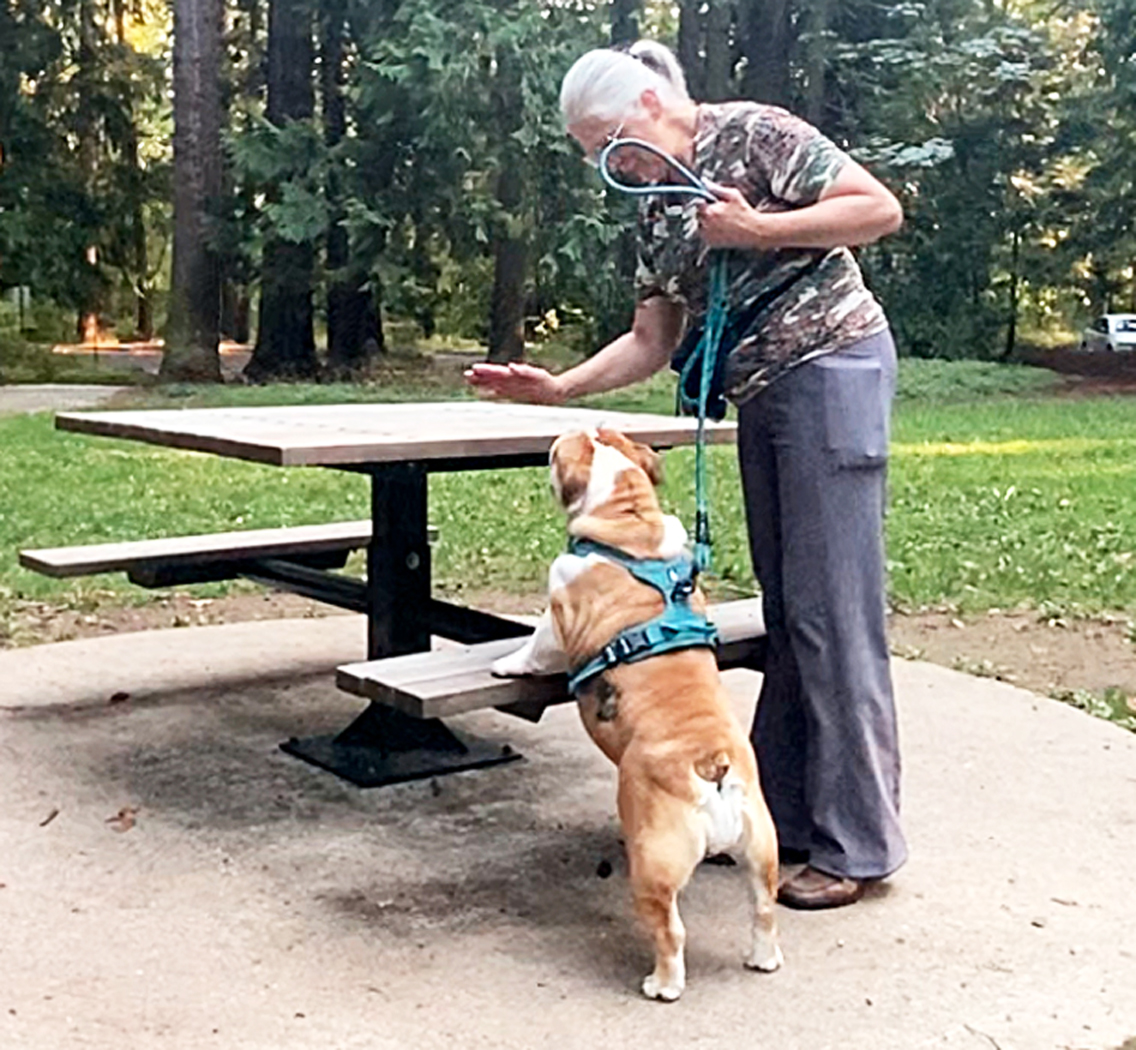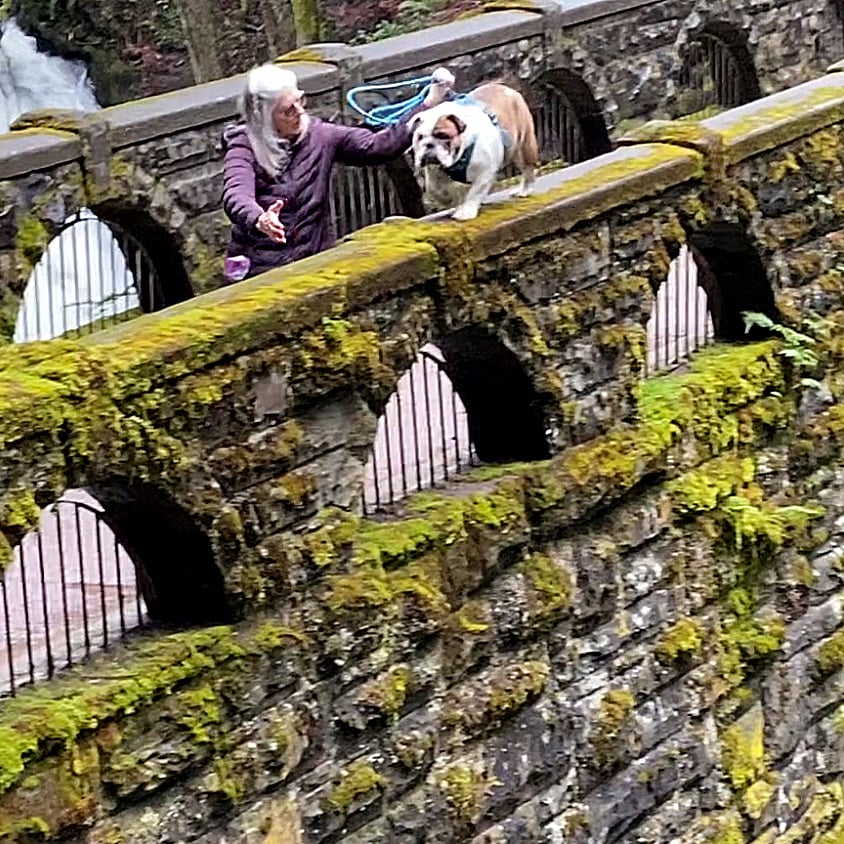PaRKoUR
Several of our Sittingbullies Fam have earned Parkour titles, including two who are among an elite group of just twenty dogs worldwide that have attained the highest level—the Parkour Dog EXPeRT title. Titles start at the optional TRaINiNG level (for dogs under 18 months old or those just wanting to ease into parkour skills) or you can jump right into the NoViCE title. Once you’ve checked off requirements for NoViCE you can pursue the INTeRMeDiATE Title, CHaMPiONSHiP or a variety of SPeCiALTY titles. The EXPeRT title follows the INTeRMeDiATE level for those who want to really test their skill and ability.
Jump directly to TRaINiNG, NoViCE, INTeRMeDiATE, EXPeRT, SPeCiALTY & CHaMPiONSHiP levels.
TiPS FoR GeTTiNG STaRTeD
Here’s how you can get started in this fun and rewarding sport.
The complete rules and requirements can be found in detail at: www.dogparkour.org
SaFeTY
This is the foundation for success in the sport of Parkour. All dogs are encouraged to play this game regardless of age, breed, or even disability—as long as it is done safely. Always use proper spotting when needed, make sure your dog is safely under control if off-leash and inspect any obstacles used to make sure they will be safe.
HaRNeSS & LEaSH
Dogs must be fitted with a sturdy harness & leash for any skills that requiring spotting. The harness & leash can be removed for behaviors that don’t require spotting (ie going under or around) as long as the area is safe. The leash should be 4-6’ long and Flexi-leashes are not permitted.
FiLMiNG
You can use a simple tripod and camera phone to film each of the required behaviors for the title you are working on—or have a friend film you. Be sure that the video shows the dog going from the ground onto the obstacle, as well as coming off the obstacle back down to the ground for the skills that apply. It is helpful to try and film with the dog between you and the camera when possible to make it easier to see the performance.
TReATS
You are not allowed to lure the dog while they are performing each behavior but it is perfectly acceptable to treat & praise your dog immediately after the skill is completed.
UNiQUE OBSTaCLeS
Handlers are not allowed to use the same obstacle for a behavior they filmed with a different dog. Parkour is all about finding and exploring new places to try your skills. (If you are working with a friend and filming each other, it is ok for each handler to use the same obstacle with their own dog—but discovering great things to use is part of the fun!)
SHoULDeR HEiGHT RuLE
Dogs should be spotted any time they are jumping down to a hard surface from any obstacle higher than their shoulder (ie withers). Exceptions can be made for jumping down onto soft surfaces up to twice their shoulder height—but when in doubt SPoT THeM! *NoTE: Dogs under 18 months should be spotted coming off anything higher than their stopper pad (see measurement diagram)
PaRKoUR DoG iN TRAiNiNG
There are 8 behaviors required to earn the PKD-T title.
NoViCE PaRKoUR DoG
There are 15 behaviors required to earn the PKD-N title.

iNTeRMeDiATE PaRKoUR DoG
There are 16 behaviors required to earn the PKD-I title.
ExPeRT PaRKoUR DoG
There are 15 behaviors required to earn the PKD-E title.
The remaining titles don't increase in difficulty in the requirements, however they do test your parkour "eye" and prove your knowledge of the sport!
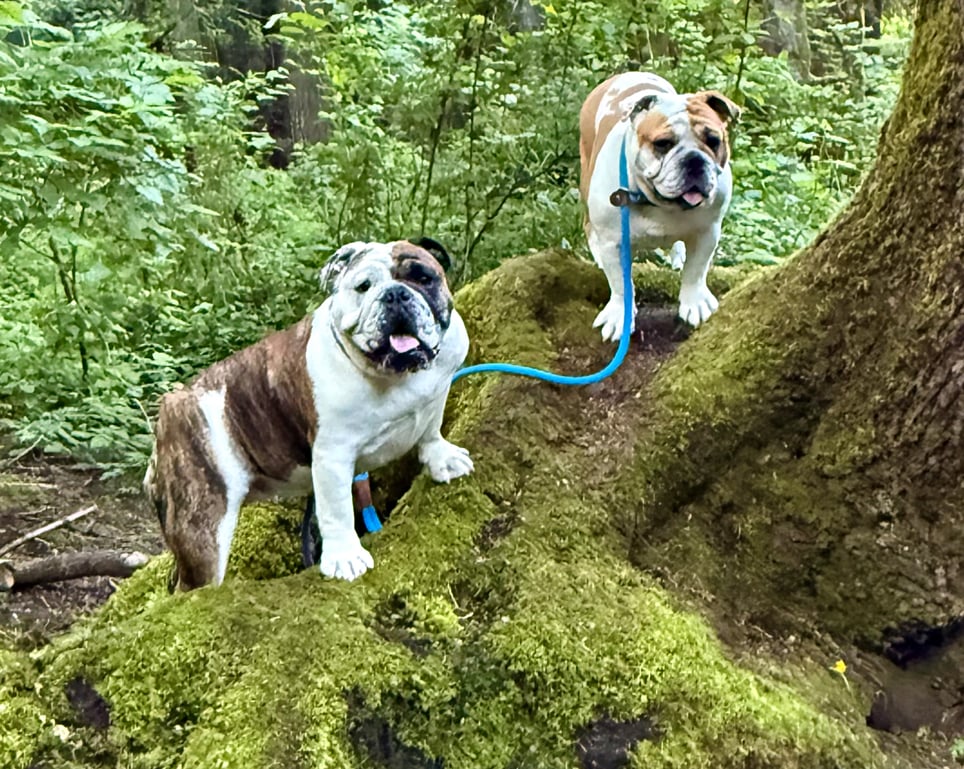
SPeCiALTY
There are multiple Specialty titles that can be earned with 3 potential levels–expanding on each of the classic parkour behaviors. Mix and match from the lists of requirements using a minimum of 3 from each category. No behaviors can be repeated between levels (ie you must find a different setting to perform the skill for each level that fulfills the requirement).
Level 1: requires 10 behaviors
Level 2: requires 15 behaviors
Level 3: requires all 20 behaviors


